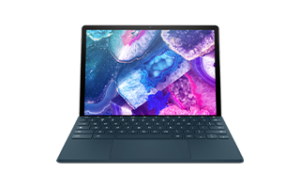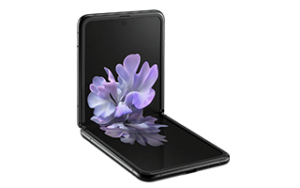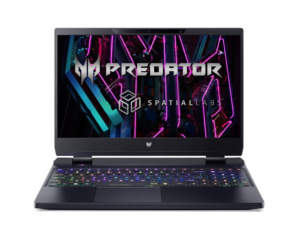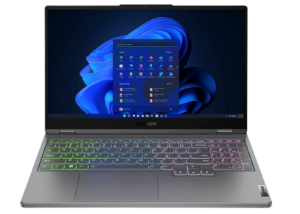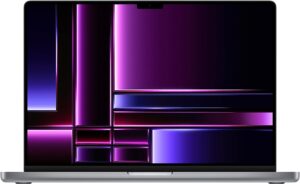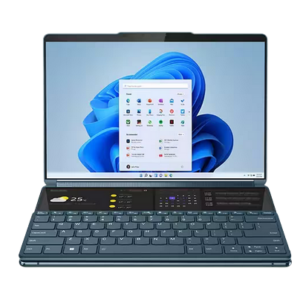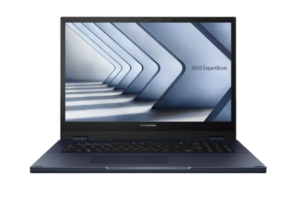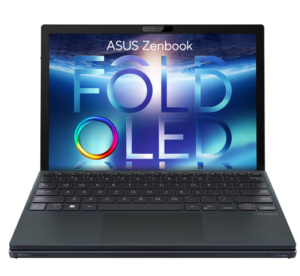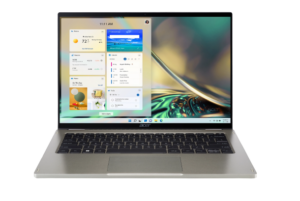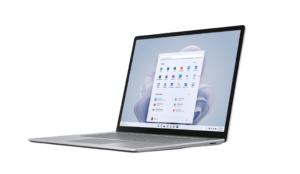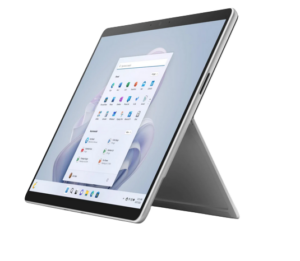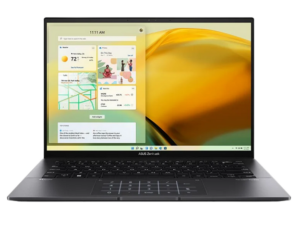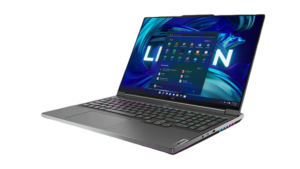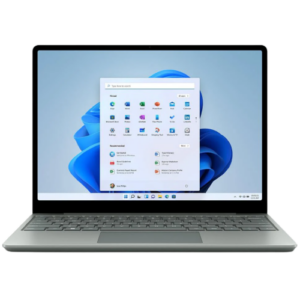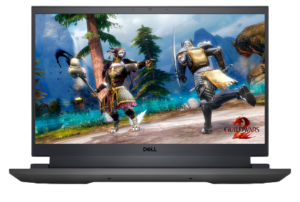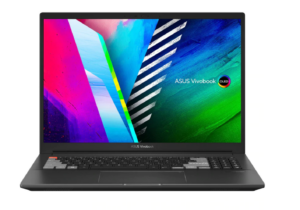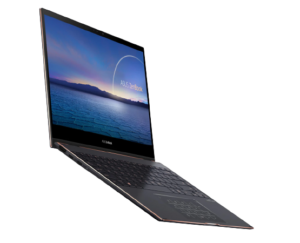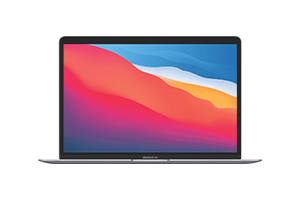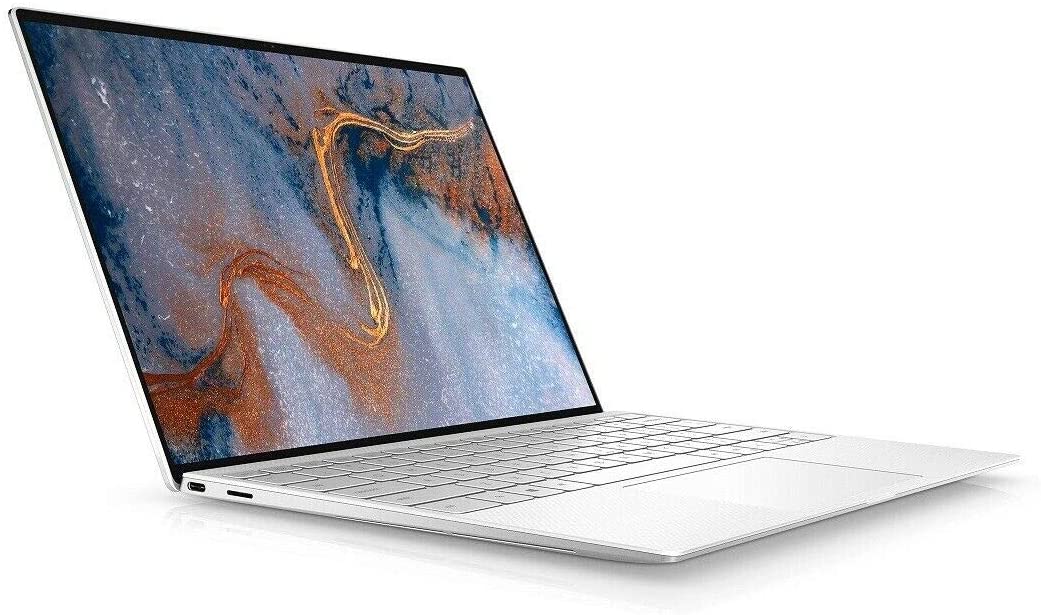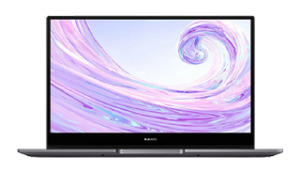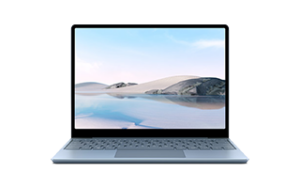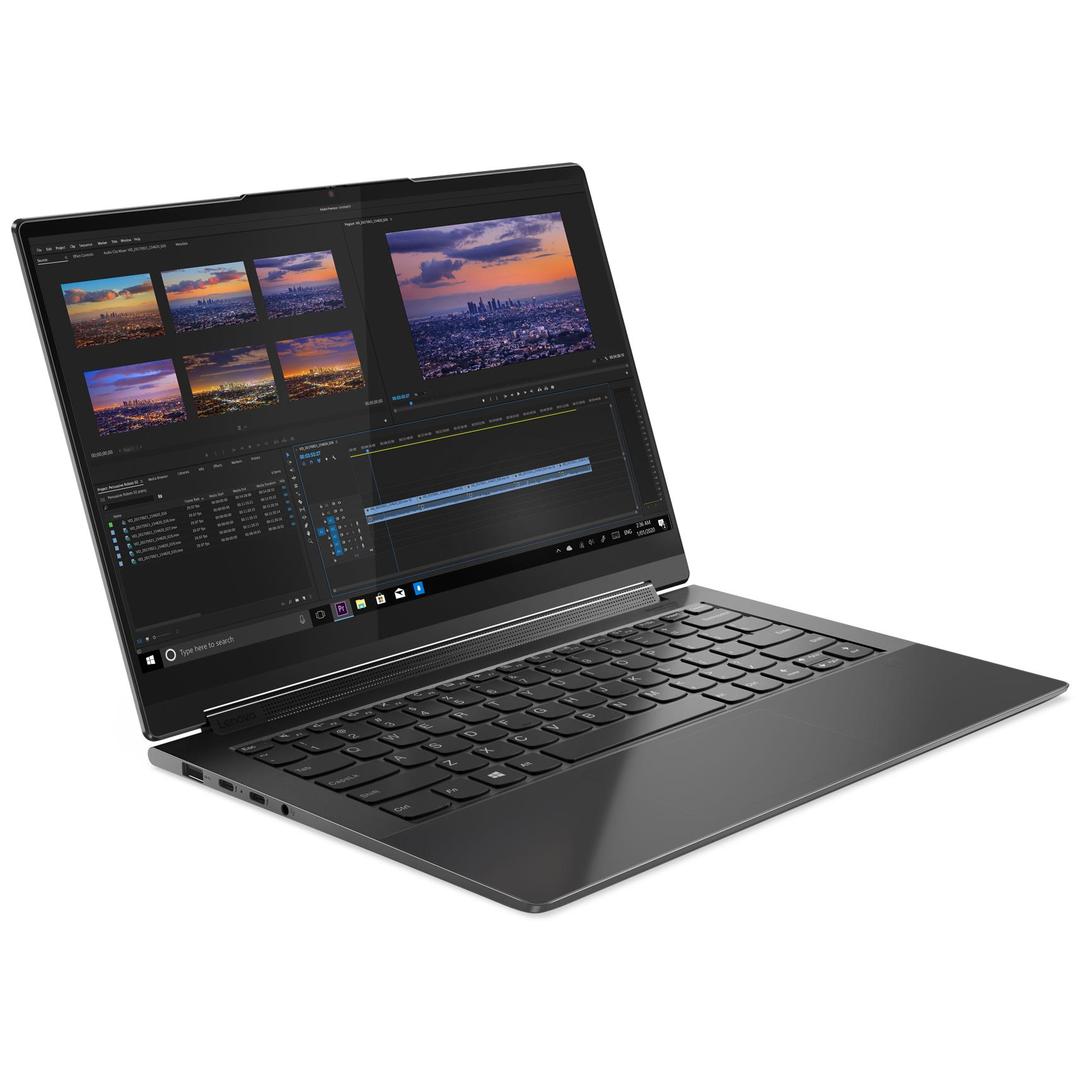A timely reminder of just how far Google’s ambition to displace the Windows and MacOS ecosystems has come.
HP Chromebook x2 11 review
If you’re looking at picking up HP’s Chromebook x2 11 as your next portable 2-in-1 PC, chances are you’re either already a convert when it comes to Chromebooks. Either that, or you’re right on the precipice of becoming one.
In any case, the HP Chromebook x2 11 is a timely reminder of just how far Google’s ambition to displace the Windows and MacOS ecosystems has come. Unfortunately, it also highlights how much ground yet remains.
A premium price erodes some of the affordability that usually comes with buying a Chromebooks, while little has been done to tackle the usual weaknesses of Google’s bid to upset the Apple-Microsoft duopoly.
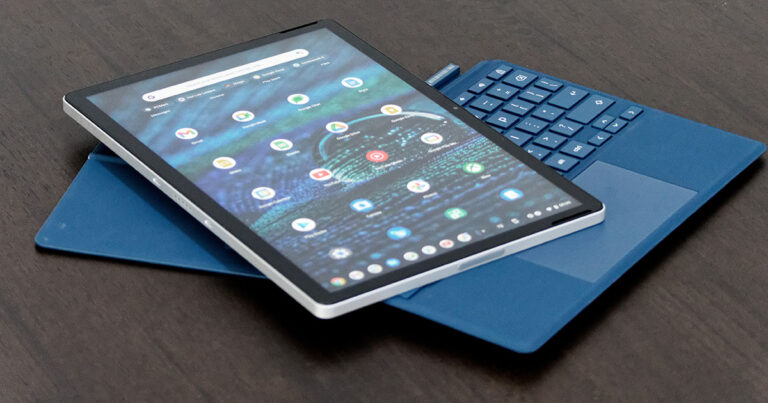
Design
When it comes to design, the HP Chromebook x2 11 zig where the past of the pack tends to zag. The 2-in-1’s bigger inspirations are hardly subtle, but a willingness to embrace a more premium strain material design gives it a flavor that sets it apart from many of the other options.
Modelling itself on a mix of Apple’s iPad Pro and Microsoft’s Surface Pro devices, the HP Chromebook x2 11 looks to leverage a best-in-class tablet experience to help ChromeOS reach heights it can’t elsewhere. That choice of form factor says a lot about the kind of user that the HP Chromebook x2 11 has been designed for.
The screen is something of a centerpiece here. With 2.5K resolution, it isn’t quite as nice to behold as one of Apple’s fancier iPads with their OLED panels, but it’s plenty nice for the price.
Held horizontally, all the ports and buttons that you’re going to be relying on with any regularity can be found on the left-most edge of the device. Portwise, the HP Chromebook x2 11 has more to offer than most tablets of this class typically do. All the same, with two USB Type-C inputs, you’re hardly spoiled for choice once you factor in the charger.
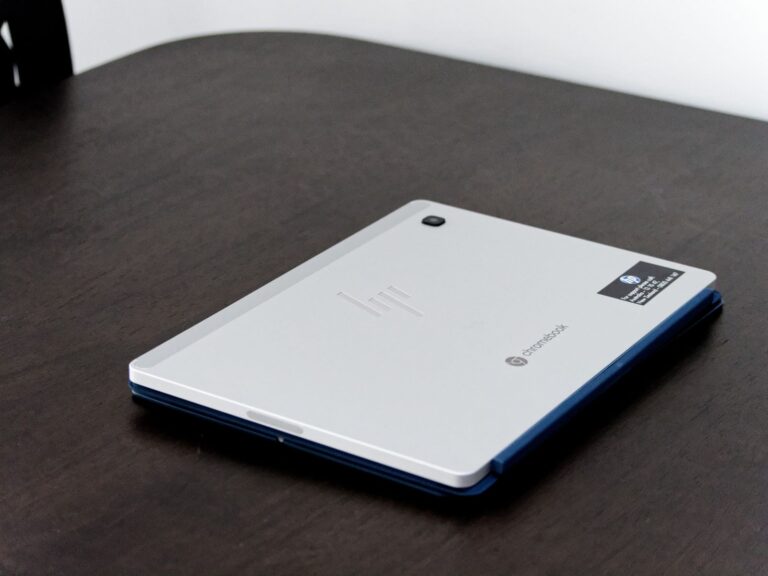
As with Microsoft’s house-brand tablet PCs, the appeal of the HP Chromebook x2 11 isn’t what it offers on its own, but in the ease with which it can be modified to match your needs.
The bundled keyboard and kickstand accessory mean that you can use the HP Chromebook x2 11 as either a tablet or a more traditional portable PC. If you’re looking to use it as a deskbound or cafe-friendly workhorse, you simply need to snap on the relevant accessory and you’re good to go. If you want to use it to consume content on the go, it only takes a second to subtract those same add-ons and go pure tablet.
This kind of flexibility isn’t something you’ll use all the time, but it’s usually something to be happy about when you do need it. It’s also something you might not find with more conventional or rigid Chromebooks.
Unfortunately, despite the ambitiously versatile design, the HP Chromebook x2 11 largely serves up most of the same pros and cons as cheaper Chromebooks do. It only runs ChromeOS (or Android) apps, you’re working with a scant 128GB of on-board storage and just 8GB of RAM. There’s a chance your smartphone might be rocking beefier specs than this thing.
In addition, the build quality on the keyboard attachment doesn’t quite live up to the rest of the package. It’s large enough, but it can’t escape the flimsy feeling that often comes hand-in-hand with detachable form-actors.It’ll work in a pinch, but it doesn’t take long for it to feel gimmicky.
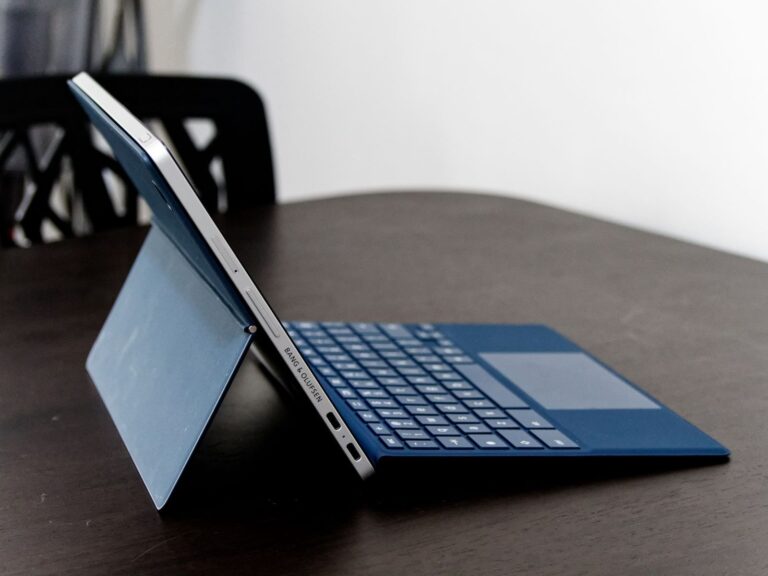
Relying on this setup during a recent trip away from home, I found I had even less patience for the trackpad - which felt just plain bad to use.
The Bang & Olufsen speakers on the HP Chromebook x2 11 are also something of a misfire. At the very least, they fail to live up to the hype that the brand brings to the table. They sounded fine, but they struggled to compete with other ambient noise even at max volume.
That being said, it’s still the case that a premium Chromebook like this one costs about as much as a mid-tier or even budget–friendly Windows machine does. Even once you factor in those shortcomings, HP’s latest Chromebook likely comes ahead when it comes to packing in features and giving you plenty of bang-for-your-buck.
Of course, that argument does rest on one crucial detail that’s going to vary wildly from person to person: whether or not ChromeOS can offer you everything you need or hold you back.
HP Chromebook x2 11 performance
The question of performance when it comes to Chromebooks is inevitably a tricky one to tackle.
The short version is that the HP Chromebook x2 rarely impressed me with its speed and responsiveness when it came to juggling apps and browser tabs. It wasn’t plagued by hitches or anything, but the realities of the software and hardware here often served to steer me away from situations where the device’s shortcomings might make themselves known.
The 11-inch display feels a little too cramped for multitasking, so I didn’t. Most Android apps aren’t optimized for a mouse and keyboard, which means you have to interact with them via the touchscreen. Games and video content looked good, but the larger form-factor made holding and using the HP Chromebook x2 11 as I would my iPad a little less viable over longer stretches.
Overall, the performance here felt on-par with a decent, though not exceptional, Android tablet.
A longer analysis of the HP Chromebook x2 11 begins with an admission that those unfamiliar with the lore of the chipset world may find odd. The Qualcomm Snapdragon 7C processor inside the HP Chromebook x2 11 probably has more in common with the one inside your phone than most computers. Your phone might even be able to outperform it.
For that reason, the HP Chromebook x2 11 is going to struggle when it comes to heavier workloads or more demanding software like games. Then again, ChromeOS itself doesn’t usually support those kinds of applications to begin with. A lack of graphical grunt isn’t holding back the version of Photoshop available on the HP Chromebook x2 11 nearly as much as the fact that it is a more limited version of the original application to begin with.
When you’re at the stage where you’re looking at buying any Chromebook, you’re likely already thinking about whether or not your daily workflow can fit within these limitations. If it can, then the relative advantages or disadvantages of a Chromebook running on an ARM chipset like the Snapdragon 7C or something closer to x86 architecture don’t really matter as much as they would in a Windows or MacOS context.
That said, it’s unfortunate that the usual advantages that come with such a hardware choice don’t hit as hard this time around.
Burned down via streaming video content on YouTube, the 32Wh battery inside the HP Chromebook x2 11 lasted 7 hours and 42 minutes.
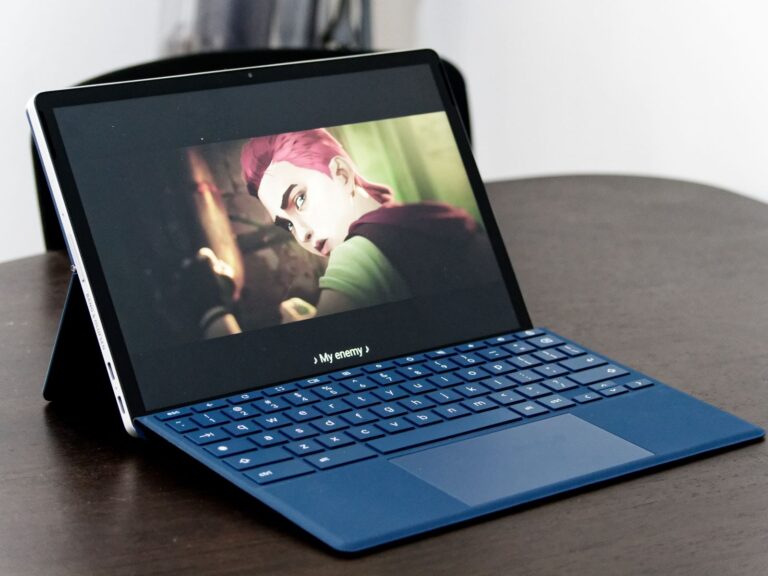
Given that HP themselves tout a battery life of around 11 hours, this is something of a disappointing result. I found that the device fared a little better when it came to infrequent regular usage, but I wouldn’t say I was particularly impressed on the whole by the battery-life benefits of the hardware choices made by HP.
It doesn’t help that the broader advantages that ChromeOS typically enjoy when it comes to battery life have been largely eroded by improvements among Windows and MacOS PCs in recent years. It used to be the case that a device running ChromeOS could consistently offer fast boot times and better battery life than the alternative. Nowadays, that’s not always the case - and the argument for the HP Chromebook x2 11 sometimes feels a little hamstrung by that reality.
Essential processors should be able to handle the basics: email, social media and some light web browsing. Gaming or more advanced tasks like image and video editing are likely off the table.
Everyday processors should be able to confidently meet basic performance requirements for most people. Email, social media and web browsing shouldn’t be a hassle, and while they aren’t able to handle graphically-demanding AAA releases, they should be able to run some indie or casual games. This is typically where Chromebooks top out.
Enthusiast processors should be able to easily exceed the minimum requirements of most users and be powerful enough to handle some AAA gaming, though not at the highest fidelity. That usually excludes most ARM processors.
Extreme processors should be able to do anything you can think of. Games should run at high frame rates on the highest possible settings, and multitasking shouldn’t be limited in any significant way.
Conclusion
Is the HP Chromebook x2 11 worth the price?
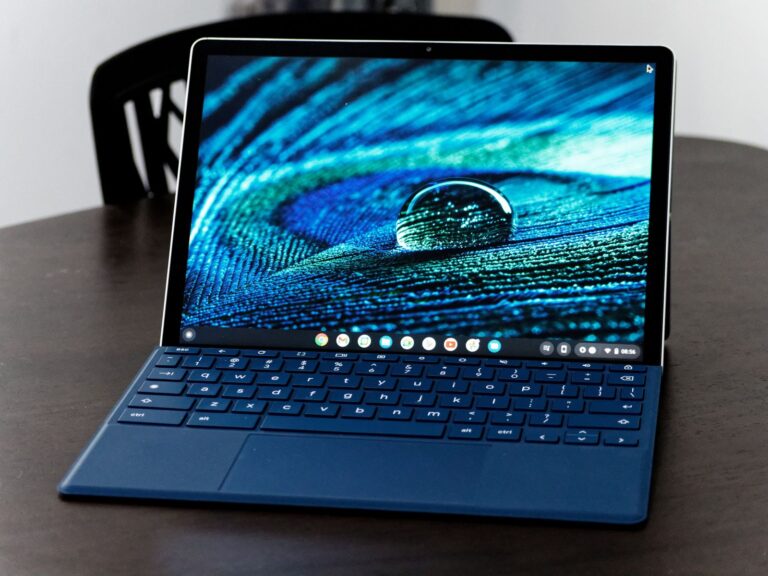
Premium parts can only do so much to hide familiar faults. When it’s not preaching to the converted, the HP Chromebook x2 11 feels primed to make those already considering jumping into the world of 2-in-1s and Chromebooks more willing to pull the trigger. If you’re going to buy a Chromebook anyway, there’s plenty to like about this particular one.
If you’re already looking at spending this much money on your next PC, you probably aren’t looking to run Cyberpunk 2077 on it.
$999 might not get you everything, but if you’re happy to work within the lines of what Chromebooks are good at and steer clear of the things they’re bad at, then the HP Chromebook x2 11 may do exactly what you need it to at a competitive price. If your daily workflow can play nice with the Google ecosystem, then there’s a good chance it will work with ChromeOS.
Unfortunately, that argument probably won’t land as convincingly for those who aren’t already on the ledge. For them, HP Chromebook x2 11’s attachment to the usual compromises may leave it feeling like more of a tired bargain than a faustian one.
How we review laptops
Whether you're looking at a mainstream computer brand like Dell or a dedicated gaming brand like MSI, there's an immense number of decisions you'll need to make when purchasing a laptop. If you're not sure where to start, here are a few important features to consider when shopping for your next laptop:
- Screen size and type: Unlike upgradeable components like your GPU, RAM and storage, you're stuck with the display you buy when you purchase a laptop. Is it a comfortable size? Does it offer a wide-viewing angle?
- Resolution: Similarly, you can't change your display's resolution after the fact. 1080p (Full HD) is the bare minimum these days and most laptops worth their price tag aim for 1440p at least (QHD or QuadHD) but you can also opt for 4K if you're willing to spend a little extra.
- Refresh rate: A screen's refresh rate is the measurement of how frequently it changes. If you play fast-paced multiplayer games like Call of Duty, you know that the difference a few milliseconds that a high refresh rate gets you can count for a lot. The higher the refresh rate, the better. Most conventional laptops offer 60Hz to 90Hz but fancier gaming laptops can offer 144Hz, 165Hz or even 240Hz screens.
- Ports and connections: Like your screen, ports will impact your everyday experience with a laptop, particularly if you use it for work. While you can work around this with USB hubs and adapters, a laptop with fewer ports than you need can quickly become a headache.
- Future-proofing: There are no hard and fast rules here but as a general suggestion, you'll want to sure you're laptop has the legs to survive a few years of technology improvements in any way you can. You can overshoot on your desired specs, spending more on a machine that's more powerful than you currently need, or opt for a model or brand that has support for upgrades down the track. Check which features of the machine are upgradeable. The Dell XPS 15, for example, supports additional RAM, while Apple MacBooks do not.
Check out our dedicated laptop buying guide for more suggestions on shopping for the best laptop for your needs.
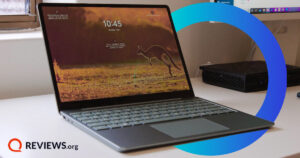
How we review laptops
Here are the big things we consider when reviewing laptops.
Related Articles





